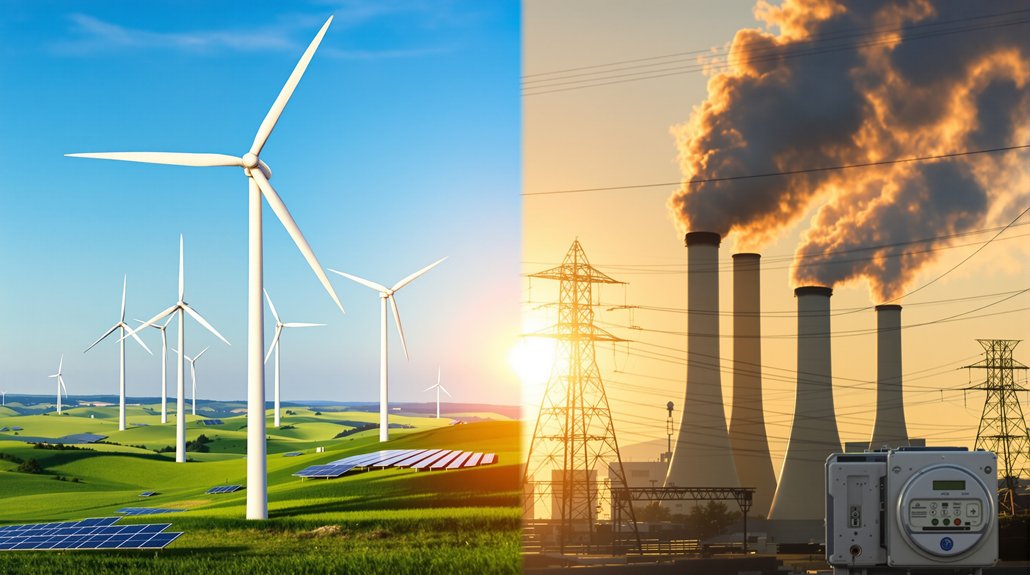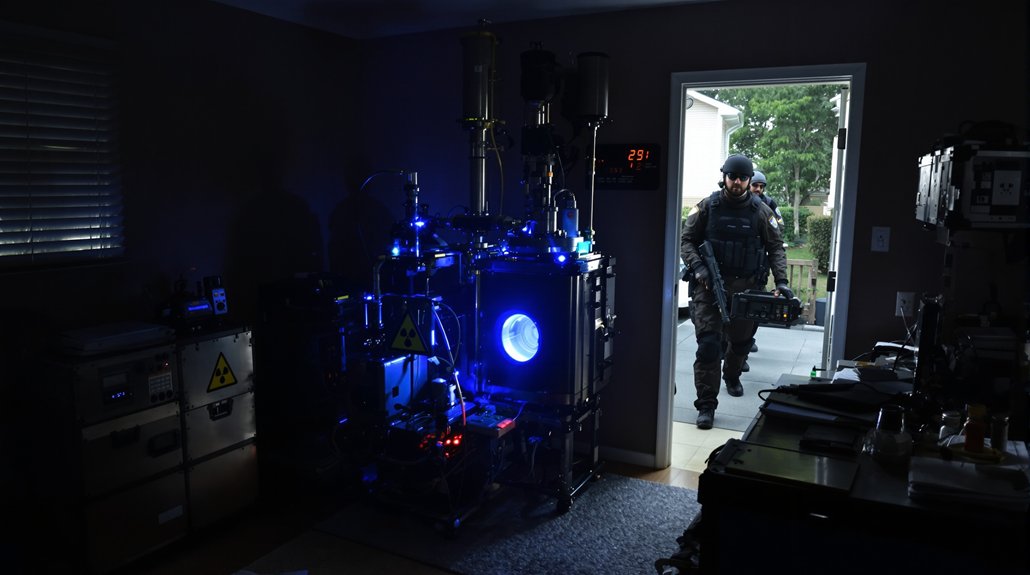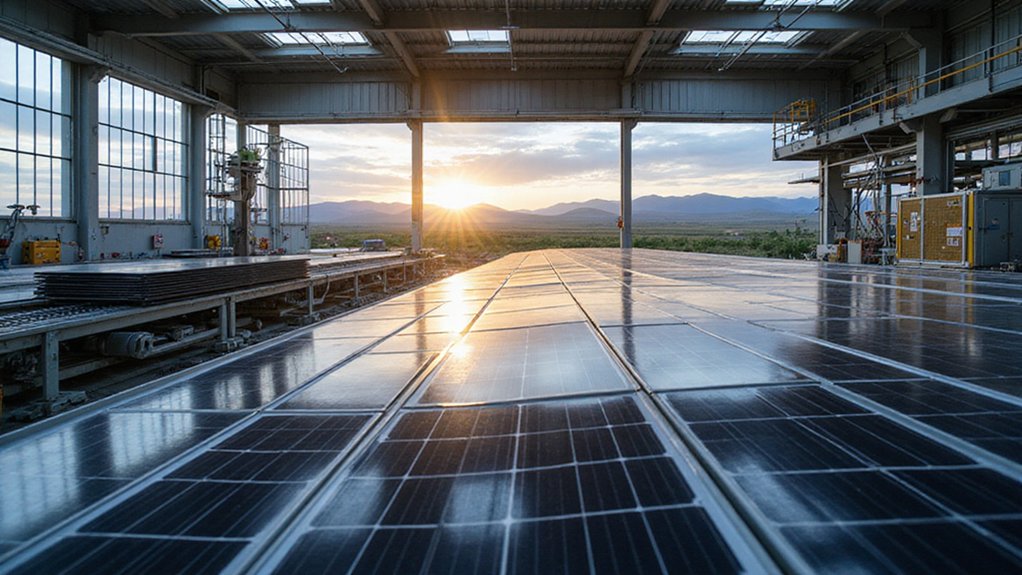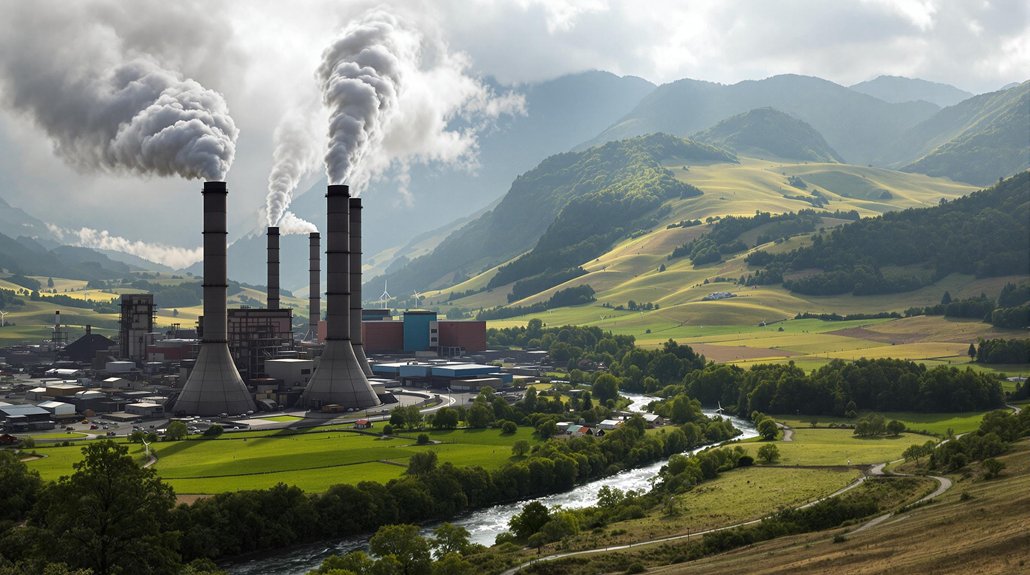President Trump blasted renewable energy sources as the “SCAM OF THE CENTURY,” claiming wind and solar power are directly responsible for soaring electricity bills across America.
He’s repeated this message frequently on the campaign trail, particularly in swing states where energy costs hit home with voters. But is he right? Not exactly.
U.S. electricity prices have indeed jumped about 20% since late 2020. That’s real money out of Americans’ pockets.
Electricity costs up 20% in three years means less money in your wallet—period.
But experts point to a much more complex reality than Trump’s simple blame game. Extreme weather from climate change has cranked up heating and cooling demand. Wildfires threaten infrastructure. The grid needs updates. And yes, building new clean energy requires investment. None of this fits neatly into a campaign slogan.
The timing doesn’t add up either. Price spikes during Trump’s final months in office weren’t caused by wind turbines. They were pandemic-related. Awkward.
Meanwhile, renewable energy costs have plummeted. Wind and solar prices have dropped over 80% since 2010. They’re often cheaper than coal or new gas plants now. In fact, solar power is now 56% cheaper than traditional fossil fuels.
That’s why they accounted for 94% of new electric generation capacity this year. Economics, not ideology.
Trump’s “scam” rhetoric intentionally fuels distrust in the energy transition. It’s a political calculation aimed at energy-dependent states.
The strategy? Focus voters on their current bills, not long-term benefits.
The real drivers of your higher electric bills? More air conditioning during heat waves. Grid upgrades to prevent blackouts. Fluctuating natural gas prices. Regulatory decisions about who pays for what.
Renewables are just one piece of a complicated puzzle.
Truth is, the clean energy shift requires investment today. Despite Trump’s predictions of fuel shortages, the U.S. currently produces more renewable and natural gas power than ever before in its history. But calling it a “scam” when wind and solar prices keep dropping?
For professionals seeking in-depth analysis on energy policy trends, subscription-based services like POLITICO Pro offer comprehensive resources beyond simplified campaign rhetoric.
That’s some seriously selective math. The kind that might work at a rally but falls apart under scrutiny.
References
- https://www.eenews.net/articles/fact-checking-trump-and-vance-on-energy/
- https://subscriber.politicopro.com/article/eenews/2025/08/21/trump-revives-attacks-on-renewable-energy-as-solar-surges-00517166
- https://climatepower.us/news/fact-check-trump-lies-about-unleashing-all-forms-of-energy-to-power-ai/








